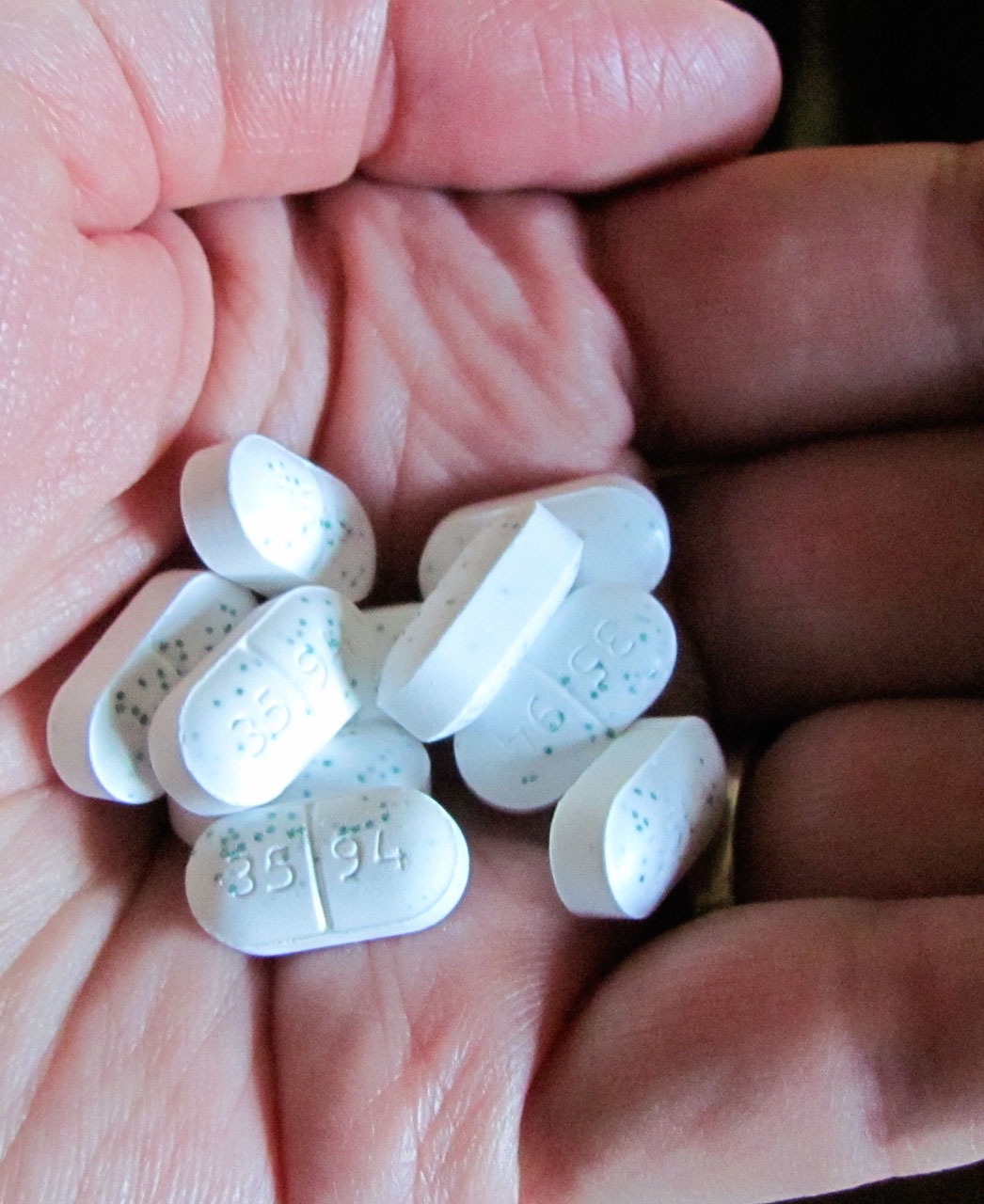
DENVER (AP) — Health experts in Colorado warn that early 2020 data indicates a rise in overdose deaths during the coronavirus pandemic, even as the federal government has distributed grants to rural hospitals for prevention and treatment programs.
Colorado’s Department of Public Health and Environment recorded 443 overdose deaths between January, before the pandemic hit, and April 2020. That’s more than 40% of the 1,062 total overdose deaths recorded in 2019 in the state.
“The starkest difference can be seen for both March and April — the first few months of the COVID-19 lockdown,” the Colorado Health Institute, a nonpartisan research center wrote Thursday.
In April, deaths jumped from 15.0 to 24.1 deaths per 100,000 people, according to the research center.
The numbers confirmed fears held by experts in opioid prevention that the overdose crisis, which includes fentanyl and methamphetamine use, might worsen due to social isolation, stress and job losses affecting many Coloradans during the pandemic, the Colorado Health Institute added.
The U.S. Department of Health and Human Services said Thursday it gave $1 million to two rural Colorado hospitals, San Luis Valley Area Health Education Center, Inc., in Alamosa, and St. Mary’s Hospital Foundation in Grand Junction, for opioid abuse prevention, treatment and recovery.

The funds are part of $89 million distributed by the Health Resources and Services Administration to 89 organizations in 38 states in an effort by the Trump administration to improve rural health, according to an executive order about rural health and telehealth access issued Aug. 3.
Other rural institutions in the Rockies also received $1 million grants for substance abuse services, including Southern Utah University in Cedar City, Utah, and Bighorn Valley Health Center, Inc. in Hardin, Montana.
Rural hospitals across the U.S. have been hit hard by the coronavirus pandemic. Many have had to request federal Paycheck Protection Program loans to combat dwindling income, staff retention problems and increasing costs associated with the pandemic.
About 15% of the U.S. population, or more than 46 million people, lives in rural areas, according to the U.S. Census Bureau. They are more likely than urban dwellers to die from chronic respiratory illnesses, heart disease and other problems that put people more at risk for COVID-19, the illness caused by the virus, according to the U.S. Centers for Disease Control and Prevention.
For most people, the coronavirus causes mild or moderate symptoms, such as fever and cough that clear up in two to three weeks. For some, especially older adults and people with existing health problems, it can cause more severe illness, including pneumonia, and death.
Written by PATTY NIEBERG, Associated Press/Report for America.
Copyright 2022 The Associated Press. All rights reserved. This material may not be published, broadcast, rewritten or redistributed.